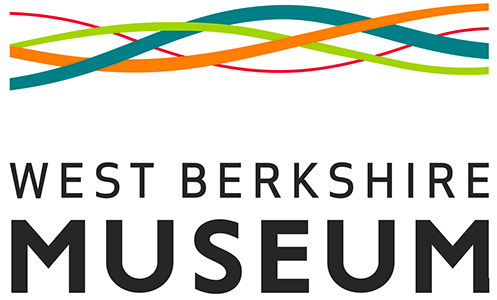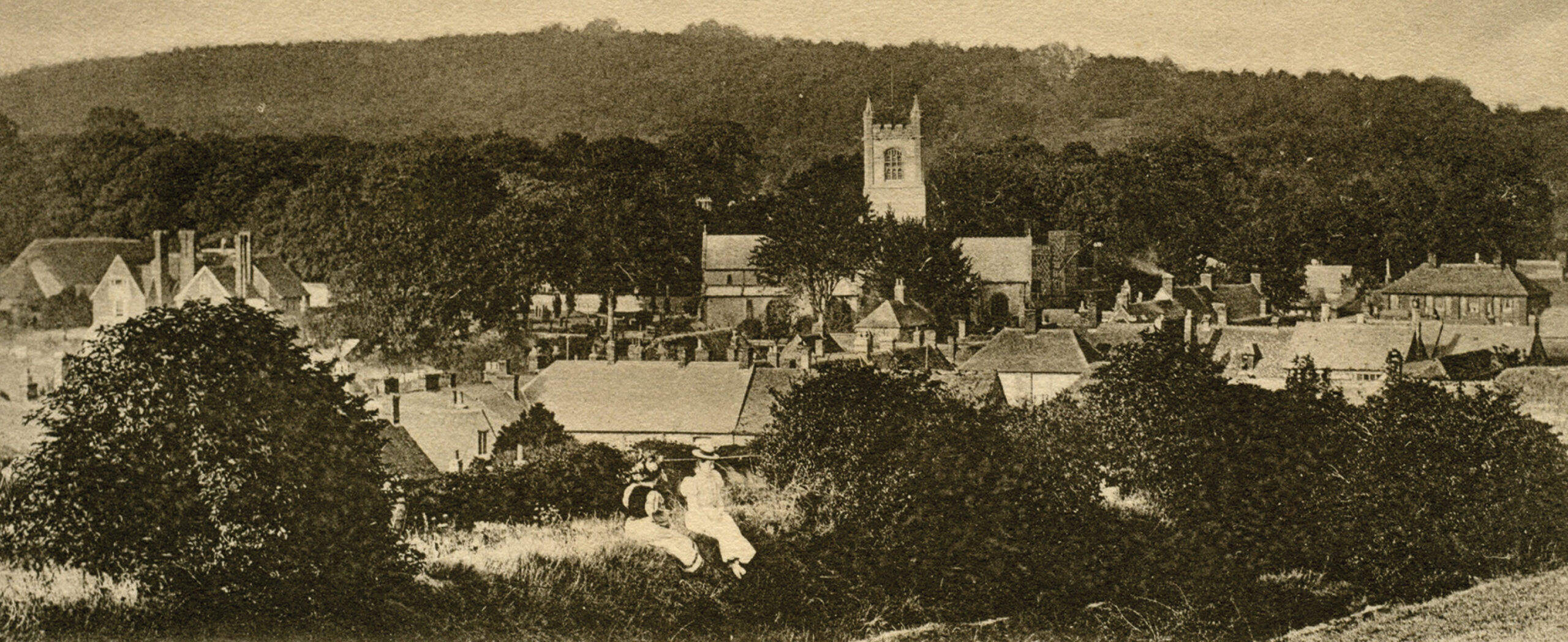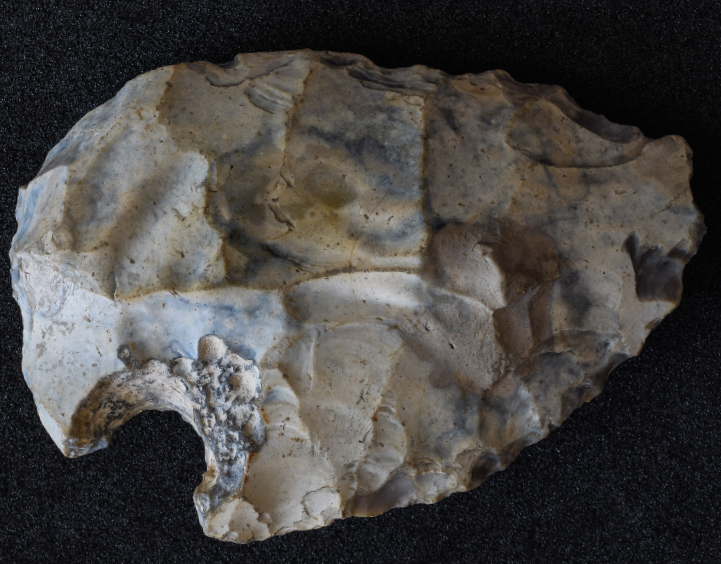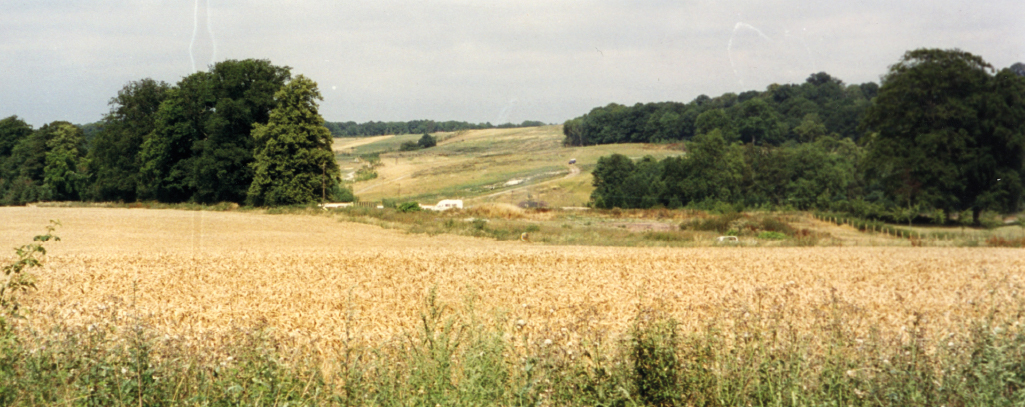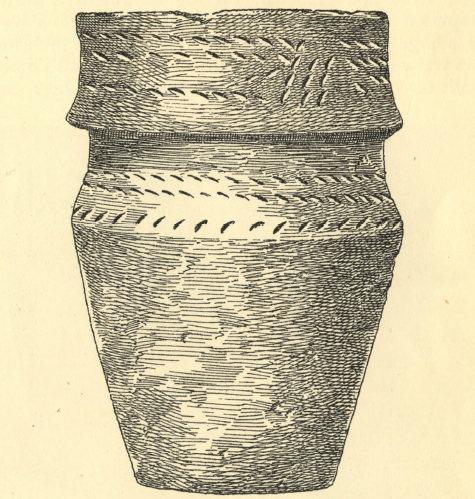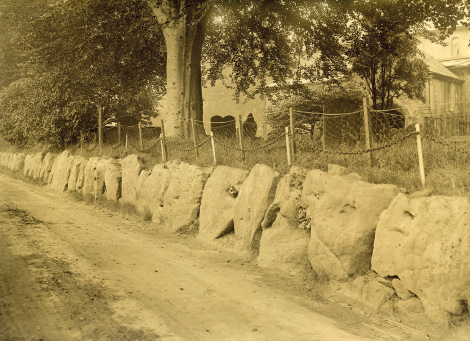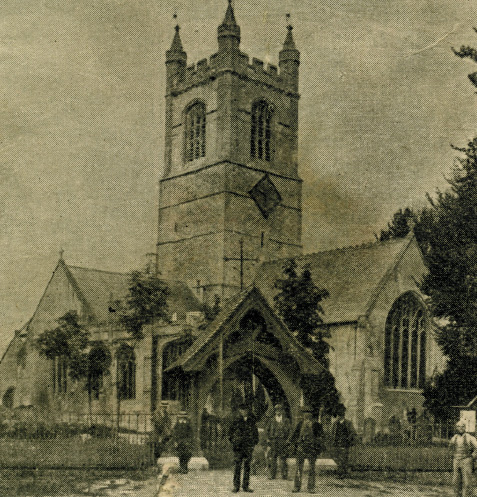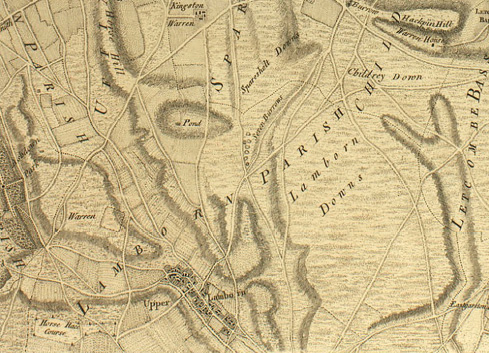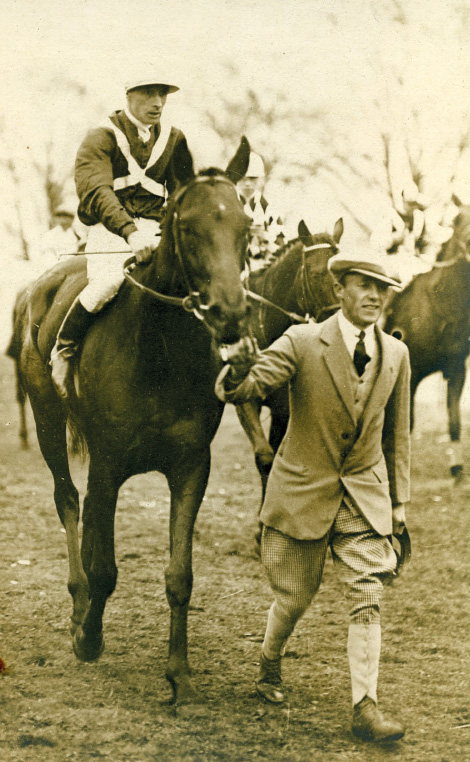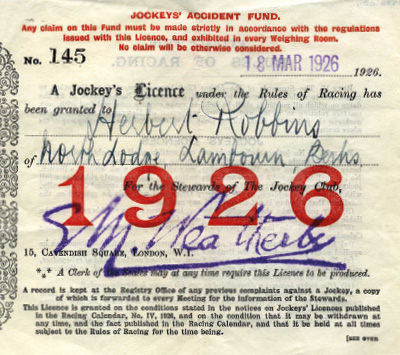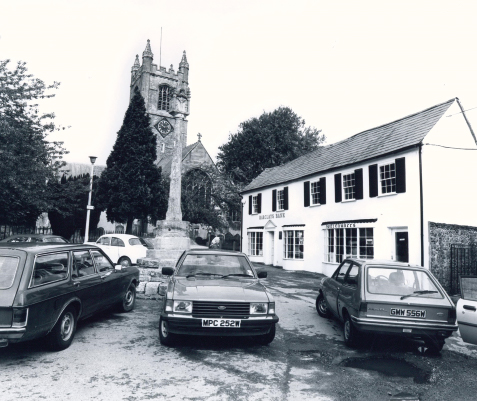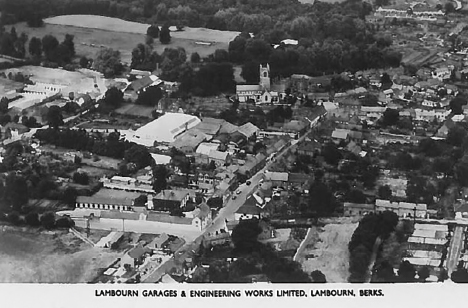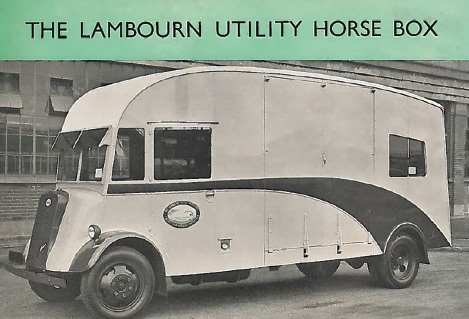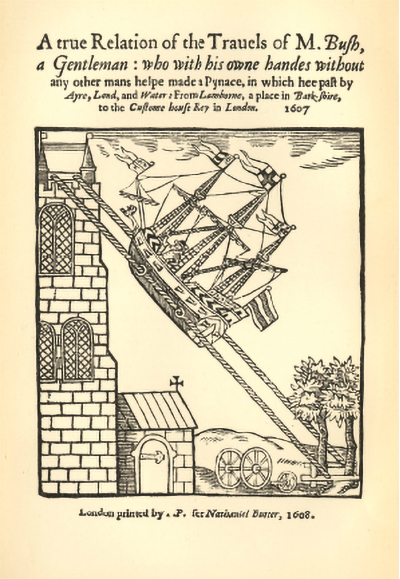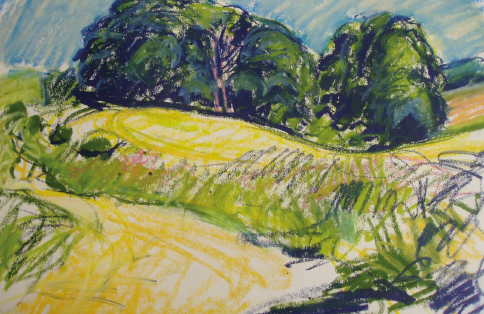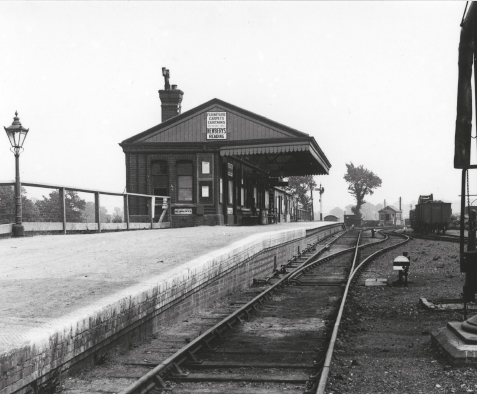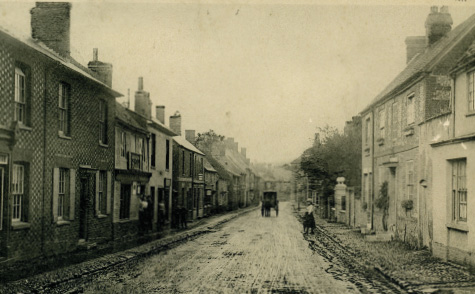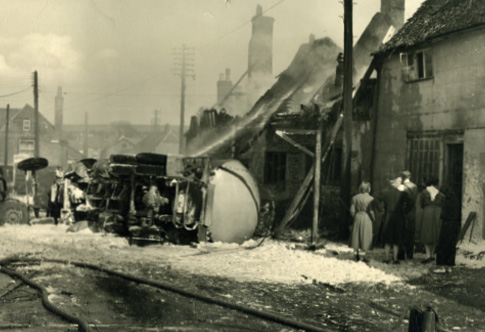Focus On Lambourn
Lambourn is West Berkshire’s largest parish and encompasses the river running through it, the chalk downs and the village nestling in the valley. In this exhibition you will see objects from the museum’s collection that highlight sections of Lambourn’s rich history.
The place name probably means ‘stream where lambs are washed’ and sheep rearing has been an important part of the economy and social life throughout the area for hundreds of years. The use of the rolling hills for grazing ensured the large scale preservation of earlier prehistoric and Roman activity, though in the 20th Century much of the pasture came under the plough.
Today, the area achieves national importance through the local racing industry, coining the name The Valley of the Racehorse.
“They heard of the Great Barrows, and the green mounds, and the stone-rings upon the hills and in the hollows among the hills. Sheep were bleating in flocks. Green walls and white walls rose. There were fortresses on the heights.”
J. R. R. Tolkien, from The Lord of the Rings.
Inspired by the Lambourn landscape.
Settling the Landscape
Human activity in Lambourn dates from prehistory. Striking Middle Bronze Age arm rings and neck rings (currently in the Hoards exhibition) were found at Crow Down, these were designed and worn for personal adornment. The Romans heavily settled the area and built the major Ermin Street that runs through Lambourn. Finds at Bourne House Stables and Maddle Farm show extensive Romano-British and Saxon settlements.
Domesday Book, 1086, lists Lambourn ‘Hundred’, an administrative sub-division of Berkshire, as having 194 households and two mills. This suggests that the valley was relatively well populated, prosperous and that the River Lambourn was larger and more heavily relied upon than it is now.
The landscape significantly changed between 1738 and 1883 when approximately 16,000 acres in Berkshire were enclosed by Parliament. Common rights to open fields were abolished. Due to the chalky soil, the higher areas on the downs could not be used for growing crops until the introduction of modern fertilisers and was only used for livestock and horse-keeping.
Burial and Belief
Lambourn is home to the Seven Barrows, a pre-historic cemetery. The Barrows site contains more than 30 Bronze Age round barrows and one Neolithic long barrow. The round barrows were created to bury an individual of social importance and the long barrows were created to bury various members of a family or clan, they continued to be used until the arrival of Christianity.
The first mention of a church in Lambourn was in Domesday Book. However, there has probably been a church on the site since the reign of King Alfred the Great. The oldest part of the present building dates back to the 12th Century. Sarsen stones can be seen laid around the church land, which is typical of a Celtic sacred site.
By 1032, the church, known as the Church of St. Michael, had become the local Minster, serving many villages in the area. Lambourn’s church originally served the whole parish, but in the 1800s, churches were built at Eastbury and Lambourn Woodlands.
Diagram of cinerary urn. From The Seven Barrows of Lambourn by R.A.Smith, Archaeological Journal Vol 78.
Valley of the Racehorse
Horseracing has been at the heart of the community for over 500 years. Lambourn had its own racecourse and researchers consider the first recorded meet to have been the 28th and 29th March 1690.
Horse training in Lambourn can be traced back to 1731 when the Earl of Craven held regular meets at his home in Ashdown Park. Successors grew the practice at various locations. Weathercock House became the training yard for Jenny Pitman, the first woman to train a Grand National winner in 1983.
Other trainers who have worked in Lambourn producing champion horses include Fulke Walwyn, Fred Winter, Peter Nelson, Peter Walwyn and Nicky Henderson.
The development of horseracing shaped the landscape around the community. Lambourn now has over 30 trainers, 550 acres of maintained training ground, 8 miles of turf gallops and 7 miles of artificial track. The area has a higher ratio of horses to people than anywhere in England and is considered one of the major racehorse training centres in the country.
Agriculture and Trade
Lambourn was an agricultural hub for trade and exporting goods. In 1227, the village received its first charter to hold a weekly market at Market Cross, now a scheduled monument and listed building, which ran until the late 1800s. Sheep fairs continued to be held until 1914.
The Corn Laws of 1815 resulted in increased trading prices for grain. This made staples, like bread, very expensive. Stagnant wages and the introduction of farm machinery led to more unemployment. Rioting, coined ‘swing riots’ after a fictitious person called Captain Swing, perpetuated through fear and suspicion. In 1832, fires broke out at the Red Lion Inn, and Spicer’s Malthouse Barn in Lambourn but were quickly extinguished.
Lambourn became more industrious during the late 1800s. Lambourn Gas, Coke and Lime opened in 1867 and supplied the village with gas lighting. Lambourn Engineering Ltd manufactured more than half of the country’s tractor cabs and produced a larger variety of horse boxes than any other manufacturer.
Lambourn Racehorse Transport Ltd opened in 1930 and became Britain’s largest carrier of horses. Lambourn was also the home to the country’s last cravat maker, receiving a visit from Princess Anne in 1988.
Crossing Boundaries
In 1607, William Bush built and launched a machine from Lambourn church tower. This machine was a combination of boat, tricycle and balloon. It travelled overland to Streatley and down the Thames to London. The ingenious invention was guided down the tower by ropes and reportedly left gouge marks in the stone, which can still be seen. The voyage was eventful, problematic and took over a month to complete.
The growth of the area meant a faster pace of life, welcoming change. 1898 saw the opening of the Lambourn Valley Railway linking the village to Newbury. This allowed for cheaper movement of goods and encouraged expansion of the racing industry as people and horses could travel the country easily.
Lambourn’s landscape has been an inspiration to tourists and creators, whose work connects people around the world. Joshua Sylvester, Hillaire Belloc, G K Chesterton and John Betjeman all wrote about the area. Lambourn is believed to have inspired “Whitbury” in Charles Kingsley’s Two Years Ago. J. R. R. Tolkien undertook a walking tour of the downs in 1912 and then again in later years from Oxford. The area influenced Barrow Downs and Weathertop in The Lord of the Rings.
Tales from the Village
In the mid-1700s, Lambourn was the home of a notorious highwayman, Timothy Gibbons. He had the reputation of a ‘Robin Hood’ figure, stealing from the rich and, on occasion, giving to the poor. He once made a daring escape when arrested and confined in a barn at Baydon with two companions. Later, he became innkeeper of The Magpies at Hounslow Heath but was unable to give up his old ways and was eventually hanged at Newgate.
It was the habit of local bell ringers to ring Lambourn’s church bells to celebrate wins by local horses. In the 1850s the Reverend Robert Milman forbade this practice. In response, the ringers celebrated a win by Wild Dayrell by locking themselves in the bell tower to ring ‘a peal’. Milman is said to have gained a moral victory by severely chastising the ringers in a subsequent sermon.
On the 13th April 1953 a lorry carrying 3600 gallons of aviation fuel suffered brake failure on Hungerford Hill and hit several buildings before finally overturning in Oxford Street. The fuel exploded and the subsequent fire destroyed five shops, five houses and several flats, sending burning fuel down the street and into the river Lambourn. The driver of the lorry was killed but no one else was seriously injured.
On 8th September 1944 a B-24, piloted by 2nd Lt Lawrence Berkhoff, was returning to RAF Membury from an aborted mission when it became apparent that it was not going to be able to reach the airfield. Berkhoff allowed the crew to bail out but realised that if he also bailed out, the plane was likely to crash on the centre of Lambourn. He therefore remained at the controls, and the aircraft crashed in fields outside the village. Berkhoff was killed in the crash and was posthumously awarded the Distinguished Flying Cross. A plaque in his honour was unveiled in Lambourn Memorial Hall in 2003.
